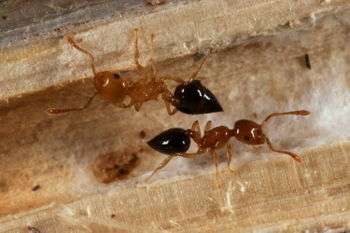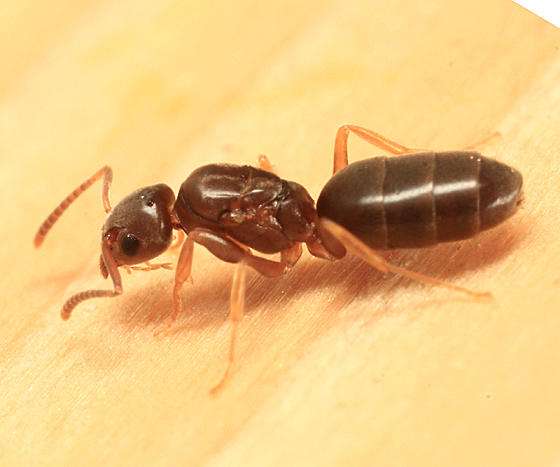
An ecologically varied genus of ants known as Crematogaster is widespread throughout the world. An unusually heart-shaped gaster (abdomen), which lends them the nickname “Saint Valentine ant” distinguishes them. Most species live in trees (tree-dwelling). Acrobat ants are another name for these ants.
Habitat
Habitat Although they frequently inhabit numerous common regions in the wild, they are mostly arboreal outside. These places are often damp and dark. They are frequently found under rocks, in piles of wood (such as firewood), and in trees. Nests have been seen indoors near electrical cables in residences. These places are frequently extremely close to substantial food sources and may be close to other ant nests.
Defensive actions
Because they can lift their abdomens above their thoraces and heads, crematogaster ants can point their abdominal points in almost any direction. Acrobat ants may flex their abdomen areas to release venom when they are fighting. With each ant’s opponent, the venom’s potency varies dramatically. For instance, although some ant species and insects have a high level of resistance to even significant amounts of venom, certain ant species are not highly resistant and can be killed with only a few drops. However, if the venom gets into contact with the offending ants’ antennae, it frequently repels them. The venom of other acrobat ants normally does not deter acrobat ants. The venom is produced in a metapleural gland and often contains carboxylic acids and complex and simple phenols, some of which are known to have antibacterial characteristics. The ants use froths to treat incompatible organisms. The froths are painted around the offender using a “paintbrush” technique. Ants and grasshoppers both independently developed the ability to “froth.”
Reproduction
A queen of acrobat ants mates with a solitary male during a nuptial flight, as is the case with many social ant species. The winged male and winged queen mate during this trip, and the male passes away shortly after. Eventually, the female lands and takes off her own wings, which she no longer requires.
This mating method also has a variant in these ant species. There are giant female workers that are both larger than small workers and smaller than winged queens. In addition, they have a variety of morphological traits that fall between those of little workers and the queen, such as patches and ovary size and composition. In colonies without a queen, these females can lay unfertilized eggs that may later turn into males. The queen of the colony can eat these eggs if they are laid in one. The eggs are also edible to larvae. Ant colonies without queens typically generate more eggs than those with queens. Similar to ant queens, little workers can take care of large workers.
Identification
This genus’ worker ants can flex their gasters forward over the mesosoma while the petiole is pressed firmly against the propodeum thanks to a few distinctive morphological characteristics, such as the dorsal attachment of the post petiole to the fourth abdominal segment and the absence of a dorsal petiolar node. For several Crematogaster species, there are links to keys on the two subgenera pages that list species groups.

Worker monomorphic, but occasionally with wide size variations; Head subrectangular or subtrapezoidal in shape with no frontal carina and no antennal scrobe. When fully closed, the median segment of the clypeus hangs somewhat over the base of the mandibles; the posteromedian portion is very extensively inserted between the frontal lobes; and there is no isolated median seta on the front clypeal edge. mandible is little; oblique masticatory margin with 4 teeth; A medium-sized eye or, less frequently, one with a few ommatidia; 11-segmented antennae with a 2-, 3-, or 4-segmented club; or gradually incrassate antennae. promesonotum that is somewhat elevated; lacking or only weakly present dorsally is the promesonotal suture; Propodeal spine is typically (but not always) present, ranging in size and shape; metanotal groove is typically distinctly impressed, and it is occasionally bordered laterally by a longitudinal carina or lamella.
Table





